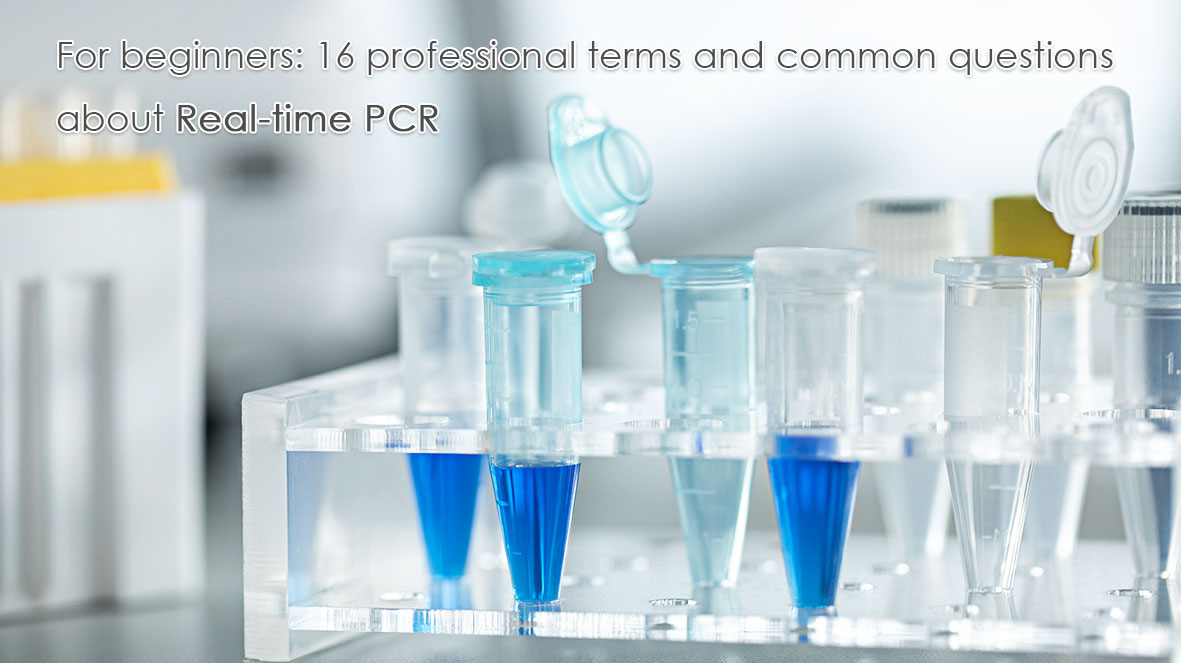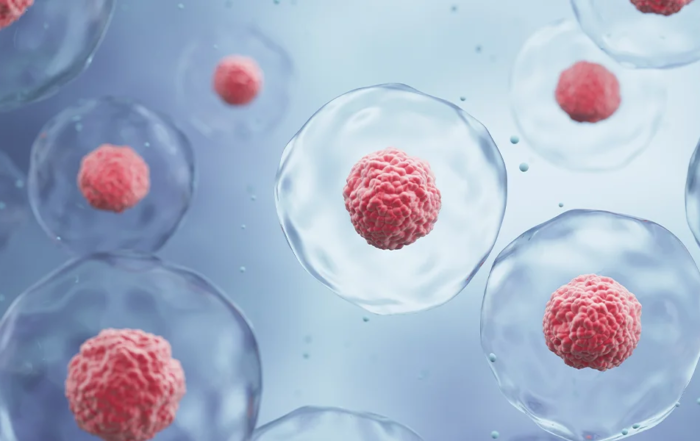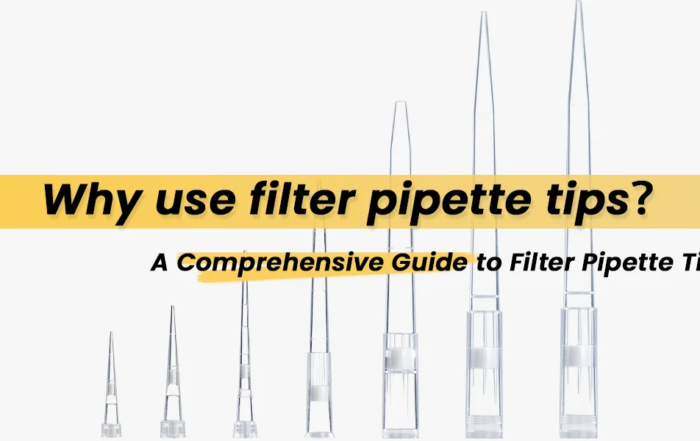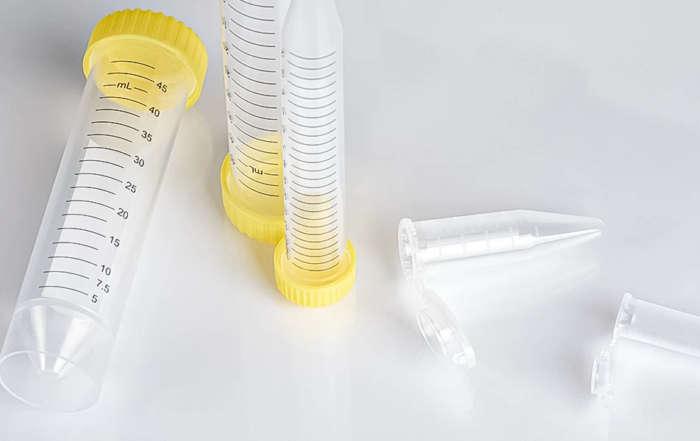
When you just graduated and entered the job, came into contact with the real-time quantitative PCR experiment, faced with a bunch of nouns, are you confused about where to start? What is the meaning of magnification curve, standard curve, threshold value, CT value, melting curve and baseline? Those fluorescent images of experiment are too bright, but I couldn’t seem to recognize them. Today we will take you to learn this knowledge and concepts in two parts: professional terms and common questions.
Part I. Professional terms
1. Amplification curve
Amplification curve refers to the curve, in which the cycle number as the abscissa and the real-time fluorescence intensity during the reaction as the ordinate during the PCR process.
2. Baseline
Baseline refers to that there is little change in fluorescence signal during the first few cycles of the PCR amplification reaction. The signal level shows approaching a straight line, and such a straight line is the baseline.
3. Fluorescence threshold setting
Generally, the fluorescence signal of the first 15 cycles of PCR reaction is used as the fluorescence background signal, and the fluorescence threshold is 10 times the standard deviation of the fluorescence signal during the 3-15 cycles of PCR, and the fluorescence threshold is set in the exponential phase of PCR amplification. Generally, each instrument has its fluorescence threshold set before use.
4. CT value
The CT value represents the number of cycles that each PCR reaction tube undergoes when the fluorescent signal reaches the set threshold. From the study, we know that there is a linear relationship between the CT value of each template and the logarithm of the starting copy number of that template. The more initial copy number, the smaller the CT value, and vice versa. Using a standard with a known starting copy number, a calibration curve can be made, where the abscissa represents the logarithm of the starting copy number, and the ordinate represents the CT value. Therefore, as long as the CT value of an unknown sample is obtained, the initial copy number of the sample can be calculated from the standard curve.
Know more
There are several indicators to judge whether the amplification curve is good or not:
A: The inflection point of the curve is clear, especially the exponential phase of the low-concentration sample is obvious, the overall parallelism of the amplification curve is good, the baseline is flat without rising phenomenon, and the exponential phase of the low-concentration sample amplification curve is obvious.
B: The slope of the exponential phase of the curve is proportional to the amplification efficiency, and the larger the slope, the higher the amplification efficiency.
C: The baseline of the standard is flat or slightly decreasing, with no obvious upward trend.
D: The parallelism of the amplification curves of each tube is good, indicating that the amplification efficiency of each reaction tube is similar.
5. Melting curve
When the PCR product is heated, as the temperature increases, the double-stranded amplification product gradually dissociates, leading to a decrease in the fluorescence intensity. When a certain temperature is reached, a large number of products dissociate, resulting in a sharp decrease in fluorescence. Using this feature, as well as the different Tm values of different PCR products to make the temperature at which the fluorescence signal rapidly drops also different, this may be a good way to identify the specificity of PCR.
6. Melting curve (take logarithmic curve)
Take the logarithm of the melting curve to form a peak diagram to more intuitively display the situation of the product fragments. Since the melting temperature is the Tm value of the DNA fragment, some parameters affecting the Tm value of the DNA fragment could be determined, such as fragment size, GC content, etc.. Generally speaking, according to our primer design principle, if the length of the amplified product is in the range of 80-300bp, then the melting temperature should be between 80°C and 90°C.
A: If there is only one main peak between 80°C and 90°C, it means that the fluorescence quantitative PCR is perfect;
B: If the main peak appears between 80°C and 90°C, and the impurity peak appears below 80°C, the primer-dimer is basically considered. And it’s a good choice to try to increase the annealing temperature to solve it;
C: If the main peak appears between 80°C and 90°C, and the stray peak appears when the temperature rises, DNA contamination is basically considered. And DNA needs to be removed at the initial stage of the experiment.
7. Standard curve line
The standards were diluted to different concentrations and used as templates for PCR reactions. The standard curve was drawn with the logarithm of the copy number of the standard as the abscissa and the measured CT value as the ordinate. When quantifying an unknown sample, the copy number of the sample can be obtained from the standard curve according to the CT value of the unknown sample. The standard curve is very important for absolute quantification.
Part II. Common questions
Q1: What is the difference between RT-PCR, QPCR, Real-time PCR, and Real-time RT-PCR?
A1: RT-PCR is reverse transcription PCR, which is a widely used variant of polymerase chain reaction. In RT-PCR, an RNA strand is reverse transcribed into complementary DNA, which is then used as a template for DNA amplification by PCR.
Real-time PCR and qPCR are the same thing, both are real-time quantitative PCR, which means that each cycle in the PCR process has real-time records of data. In this way, the number of starting templates could be precisely analyzed.
Although it seems that both of Real-time PCR and Reverse transcription PCR could be abbreviated as RT-PCR, the international convention is that RT-PCR refers specifically to reverse transcription PCR, while Real-time PCR is generally abbreviated as qPCR (quantitative real-time PCR).
Real-time RT-PCR (RT-qPCR) is a reverse transcription PCR combined with fluorescence quantitative technology: first reverse transcription from RNA to obtain cDNA (RT), and then use Real-time PCR for quantitative analysis (qPCR) .
Q2: Why would the length of the amplified product fragment of fluorescent quantitative PCR be controlled within the range of 80-300bp?
A2: The length of each gene sequence is different, some of which are several kb and some hundreds of bp. However, when we design primers, we only need to require the length of the product to be 80-300bp, and too short or too long is not suitable for quantitative PCR detection.
The product fragment is too short to be distinguished from the primer-dimer. The length of the primer-dimer is about 30-40bp, and it is difficult to distinguish whether it is a primer-dimer or a product when it is less than 80bp. If the product fragment is too long, more than 300bp, which easily leads to low amplification efficiency and could not effectively detect the amount of the gene.
For example, when you count the number of people in a classroom, you only need to count how many mouths there are. The same is true when detecting genes. You only need to detect a certain sequence of a gene to represent the entire sequence. If you count both the number of mouths and the number of noses, ears, and glasses in order to count the number of people, it is easy to make a mistake.
Q3: What is the optimal length of primer design?
A3: Generally speaking, the length of primers in the range of 20-24bp is good. Certainly, we must pay attention to the PRIMER TM value when designing the primer, because it is related to the optimal annealing temperature. After a lot of experiments, it has been proved that 60℃ is a good TM value. Low annealing temperature can easily leads to non-specific amplification, while high annealing temperature generally leads to low amplification efficiency, late peak of amplification curve and delayed CT value.
Q4: Will the amount of samples collected affect the experimental results?
A4: No. Obviously, the more samples are collected, the more RNA is extracted, the more cDNA will be, and the more target fragments will be. For absolute quantification, to calculate the copy number of a target fragment, the amount of samples collected will definitely affect the experimental results. For example, detecting the hepatitis B virus HBV in the blood is to detect the HBV content in a certain amount (1ml) of the blood.
For relative quantification commonly used in scientific research, the quantity of samples has nothing to do with the experimental results, because relative quantification refers to the comparison between the target gene and the reference gene. Just please think that they are upstream and downstream fragments existing in the same nucleic acid chain. If the sample size is large , both the reference gene and the target gene were increased in equal proportions at the same time, which did not affect the results.
Q5: Will the efficiency of reverse transcriptase affect the experimental results?
A5: Same as above. Please note that we hope to obtain higher reverse transcription efficiency, but we are more eager for the reverse transcription efficiency of reverse transcriptase to be relatively stable and to obtain uniform results. This would be a test of the optimization capabilities of major companies for reverse transcription kits.
Q6: Will the efficiency of Taq enzyme affect the experimental results?
A6: The efficiency of Taq enzyme has a relatively large influence. Generally, hot-start Taq enzyme is required, and the efficiency is relatively high. For commercial fluorescence quantitative kits, each manufacturer would optimize the efficiency to the best state on the basis of their own products, which is close to 100%, and the experimental results are not available if the efficiency is too low. For different companies’ products, this is a measure of quality.
Q7: Will the amount of fluorescent dyes affect the experimental results?
A7: Yes, it will. If the fluorescent dye is too saturated, it would cause noise interference in some instruments; if the fluorescent dye is not saturated and the fluorescence value is too low, it would enter the plateau phase early and the amplification curve would be flat. In the fluorescence quantitative experiment, the CT value is mainly seen, so it is not so important for the late amplification curve to enter the plateau phase, but the graph is not beautiful enough. If you have to make a choice, the fluorescent dye slightly unsaturated is preferred to be chosen. However, its effect is basically negligible when using the same product from the same company.
Q8: Will the transmittance of the PCR tube affect the experimental results?
A8: Yes. But for the same batch of consumables from the same manufacturer, this effect can be ignored. It’s a good choice to use a 96-well plate with a high-permeability membrane to minimize the influence of the light transmittance of the consumables.
Q9: Will the error during the operation affect the experimental results?
A9: The influence of the operation process is mainly reflected in the uniformity. Uniformity means that all components in the system are evenly mixed together, and instantaneous centrifugation can solve this problem. In addition, for beginners, it is best to adjust the PCR system to more than 20ul, and a system that is too small is more prone to errors. If the annealing temperature is properly optimized, the effect of primer concentration on CT is minimized. And you get to know that some operational errors (such as primer concentrations) could be avoided by optimizing the annealing temperature.
Summarize
The above are some of the questions and doubts that novices often encounter during the experiment, and we hope these could help to solve some of your confusion. Experimentation is a process of generating confusion and problem solving, and hopefully you will get something out of it. Thanks for your reading and we will see you next time!
转自体外诊断IVD知识库
What is Cell Therapy Manufacturing?Essentials and manufacturing processes for cell therapies
Cell therapy is rewriting the rules of modern medicine. Imagine a treatment that uses a patient’s own immune cells, reprogrammed in a lab to hunt down and destroy cancer—this is no longer science fiction [...]
Why use filter pipette tips? A Comprehensive Guide to Filter Pipette Tips
In laboratory workflows, unseen threats like aerosol contamination, residual liquid carryover, and cross-contamination can silently sabotage experimental results. This is where filter pipette tips step in—not just as disposable tools for liquid handling, but [...]
The Comprehensive Guide to Centrifuge Tubes
Centrifuge tubes are indispensable tools in modern laboratories, enabling the separation of samples by density through high-speed spinning. Widely used in scientific research, medical diagnostics, and industrial processes, these tubes play a critical role [...]


